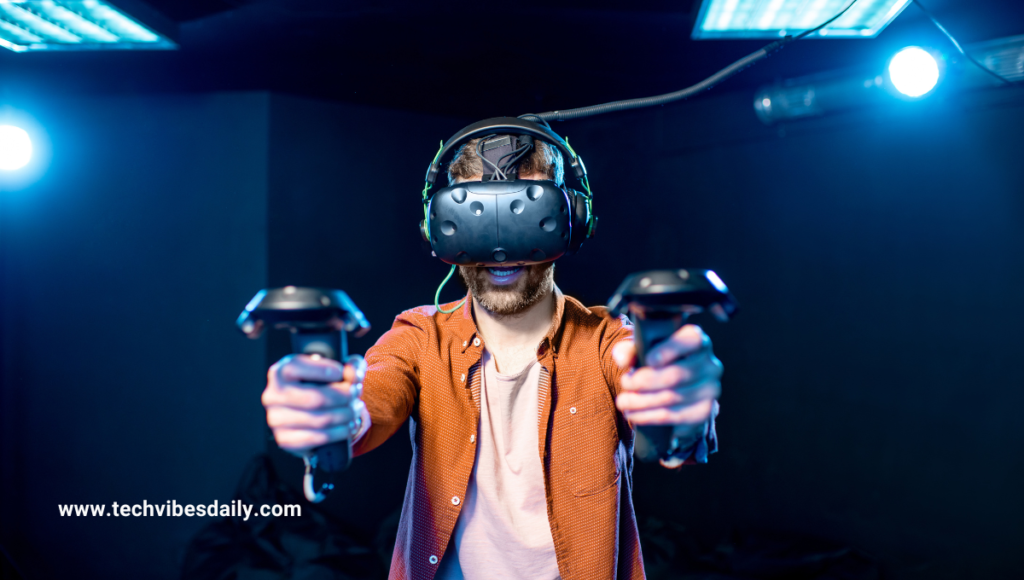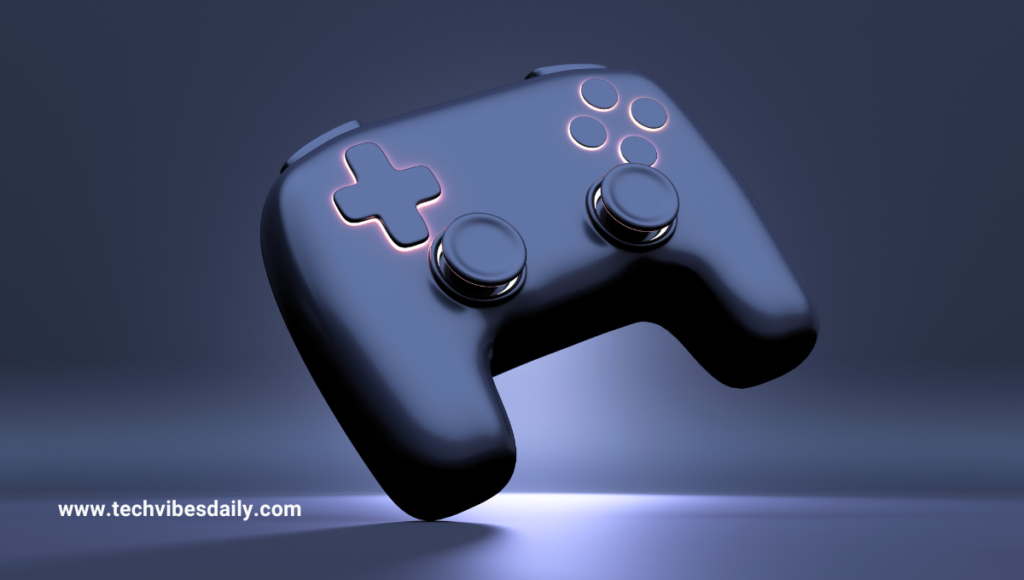Introduction
Esports are a rapidly expanding branch of competitive gaming, having blossomed worldwide within the space of two decades. So, back to esports, Esports has a global audience that, rivals traditional sports in size resulting in prize pools and sponsorship deals worth enough for anywhere between 5 and 50 people per team $1 million.
This growth, at its core, has spurred the rapid pace of technology. High-powered gaming rigs; and lightning-fast internet speeds — the technology that many gamers take for granted have also shaped competitive gaming in unintended ways that would have been heresy just a few years ago.
Advancements in Gaming Hardware
Over the years, we have seen a lot of evolution in gaming hardware. Gone are the days of weak consoles and sluggish personal computers — let us help you find the right gaming system with our 2020 collection. For competitive games, you can get high-refresh-rate monitors with 144Hz and 240Hz to keep things buttery.
high-speed action games with a slight edge in gameplay. Essential as well to the increasing levels of performance. that we see within esports are specialized. gaming peripherals such as precision mice mechanical keyboards and competitive controllers.
Internet Connectivity and Cloud Gaming
High-speed, low-latency internet has been a major boon to the world of competitive gaming. Advancements like fiber optics and 5G being implemented have helped lessen latency in high-speed games (like much of esports).

Cloud gaming is indeed the upcoming big thing that will let users play games with heavy processing servers (cloud) without demanding super specifications while playing it locally but what does this have to do with most of us? Platforms like this one, with Nvidia going hard on cloud gaming or Google Stadia.
Game Development and Graphics Innovations
Today, game developers are continually breaking new ground with the intricate and graphically intense worlds they have created. Real-time ray tracing has changed graphics for the better, allowing more realistic lighting, shadows,
and reflections. Artificial intelligence as well is making its mark with the advancement of better non-player characters (NPCs), more complicated in-game mechanics reacting to players, and overall making games comfier for our enjoyment.
The Role of AI and Machine Learning
Games aren’t the only thing these days that are changing because of AI and machine learning, apparently, entire competitions are being as well. Practicing also involves using AI bots and that serves as a provider of skills for players.
Cheating will be detected using machine learning algorithms. that look for patterns in gameplay to keep competitive play fair. Delivery of matchmaking has improved further providing for authentic battles and with this we have moved to only using data from skill levels and performance data gathered in the game.
VR and AR in Competitive Gaming
Competitive Gaming looks like competitive gaming VR (Virtual Reality). and AR ( Augmented Reality) games have started to be involved in them. VR esports may still be an infant for the most part but has essentially birthed entirely new genres that encapsulate full immersion within a game.

By bridging digital gameplay and real-world environments, augmented reality games offer the opportunity for dynamic, playful interactivity. Competitive gaming is expected to evolve to include VR and AR the technology advances.
Streaming Platforms and Spectator Experience
Esports have thrived in recent years, and that rise was, in part, thanks to the birth of streaming platforms such as Twitch and YouTube Gaming. They have redefined how competitive games are experienced, with live streams in 4K resolution. and new interactive spectating opportunities.
Through chat functions, in-game commentary, and community engagement, esports quickly becomes a worldwide viewer experience that sees people all around the world glue their faces to their screens as they watch.
Wearable Tech and Biometric Data in Gaming
AndrewScape: Wearable technology is starting to permeate the world of competitive gaming now. These include having the ability to track players’ physical conditions. using smartwatches, fitness trackers, or other wearables connected to the facilities.
that capture data ranging from heart rate and stress levels to reaction times. The information collected is viable to improve performance and also be able to know the best strategies that can break during tournaments.

That could surely change in the future as biometric data could become a big part of esports, which would separate players and teams even more based on facts.
Comparison of Traditional Sports vs Esports
| Aspect | Traditional Sports | Esports |
|---|---|---|
| Equipment | Basic Sports Gear | High-End Gaming Hardware |
| Physical Activity | Requires Physical Training | Mostly Mental & Reflexive |
| Audience Reach | Stadiums and TV | Online Streaming Platforms |
| Sponsorship | Sports Brands | Tech Companies, Gaming Brands |
| Prize Pools | Variable but Often Smaller | Huge Prize Pools in Millions |
Future Trends in Technology and Competitive Gaming
In the future, some of the technologies that we saw emerging to give. … the potential future of esports? Play for tokens: The increasing role of NFTs in gaming Blockchain technology has since taken the world by storm and it found itself in a place where
the introduction of NFTs in games, changing the way we think about owning and trading in-game assets. In full real-time virtual worlds that could usher in a new class of interactive and immersive esports experiences never before conceived possible.

.
Conclusion
- Now, of course, technology has had a lot to do with popularizing gaming as a competitive sport and transforming it into the global entertainment phenomenon we know today.
- The future of gaming is shaping up to be an exciting one, with groundbreaking AI innovations, cutting-edge hardware, and other mega-developments pushing the bounds of possibilities in gaming.
- Moving forward, it is very apparent that technology will be a massive factor in the growth and expansion of esports, both shaping.
- what we consider gaming to even mean as well as opening an entirely new world for players, teams, and viewers.
FAQs
How has high-speed internet impacted esports?
With high-speed internet, 5G in particular, lowering latency and enabling people from all over the globe to play against each other as if they were sitting next to one another in a LAN party at home, internet gaming has significantly improved the quality of online tournaments.
What is the role of AI in competitive gaming
Training for players Detection for cheating MatchmakingPlay mechanic Balancing, in-game decisions (make NPC smarter).
How does wearable technology affect esports performance?
High-tech wearable devices capture the player’s biometric data, heart rate, and stress level during gameplay, allowing personalized optimization of players’ physical and mental state, giving an edge on the competition.
What’s the difference between traditional sports and esports regarding audience reach?
Twitch is accessible from every country in the world. At the same time, traditional sports have historically been dependent upon stadium crowds or television broadcasts.
What role will VR and AR play in the future of esports?
This is why VR and AR have the potential to revolutionize this industry and offer a fully immersive and interactive experience for all parties, enabling players and viewers alike to interact in a way we could only dream of.